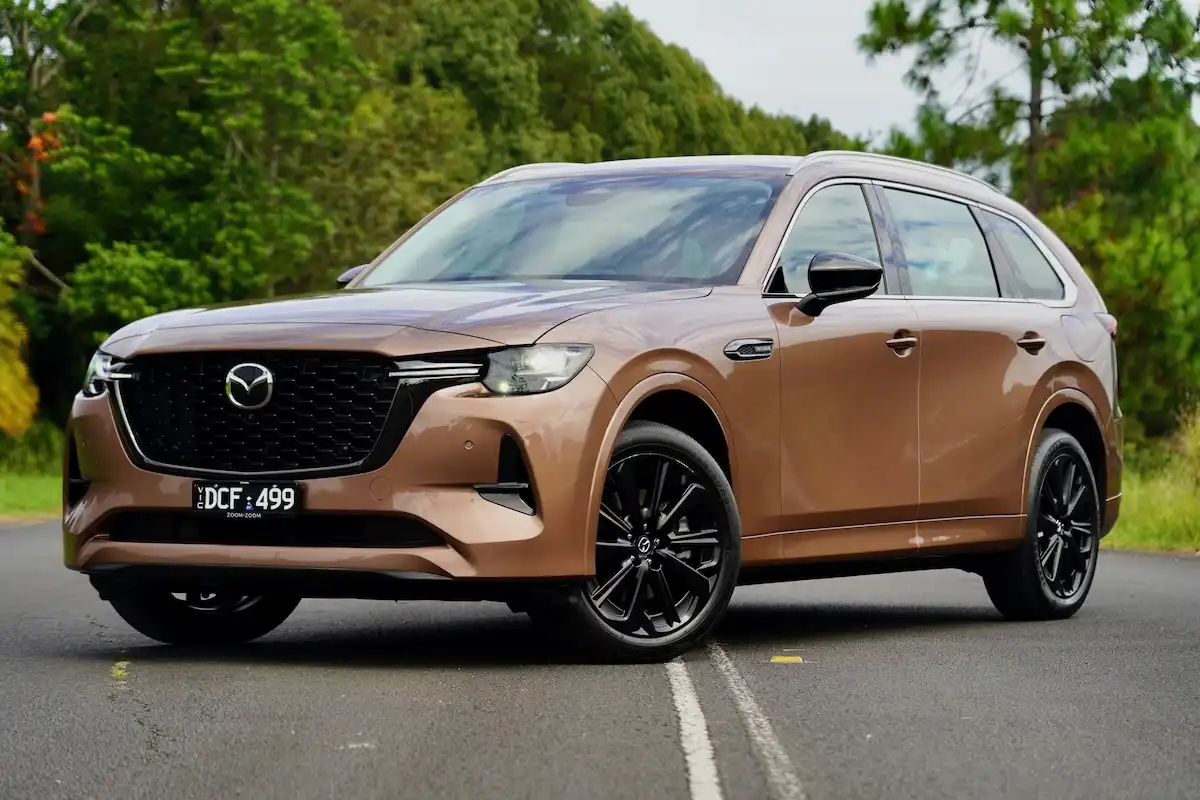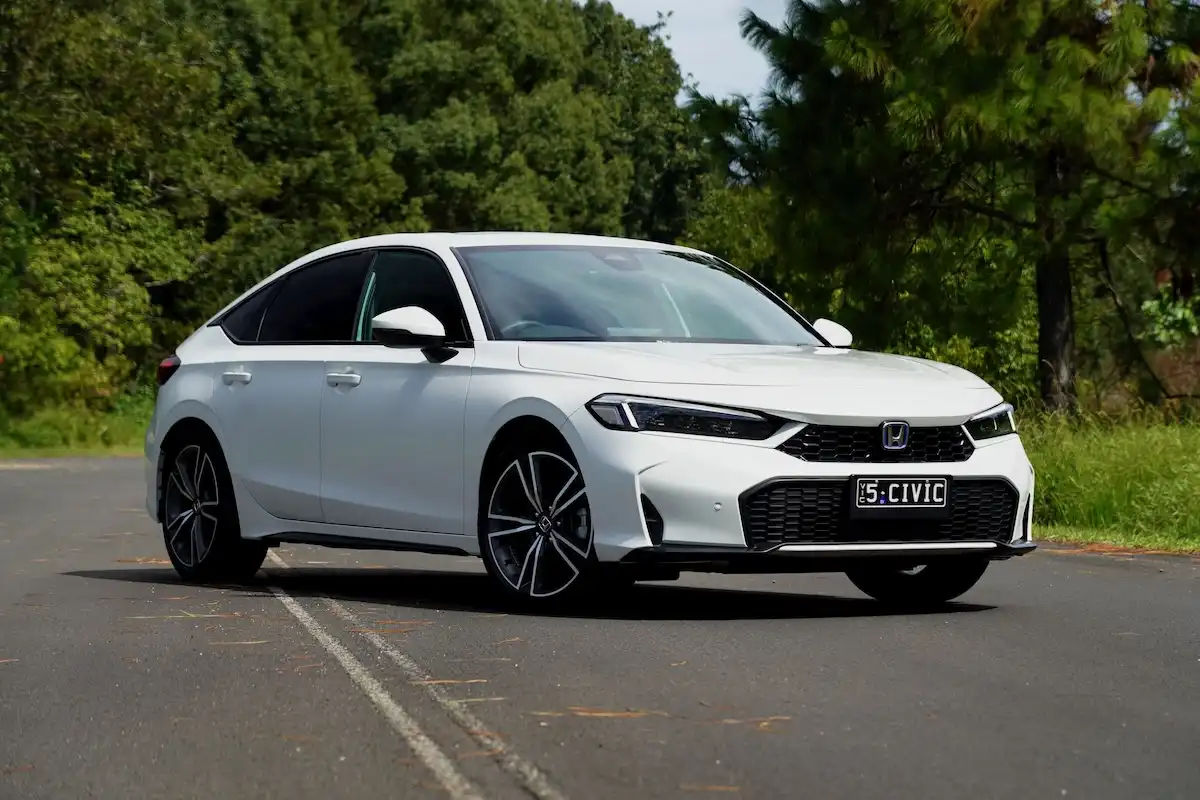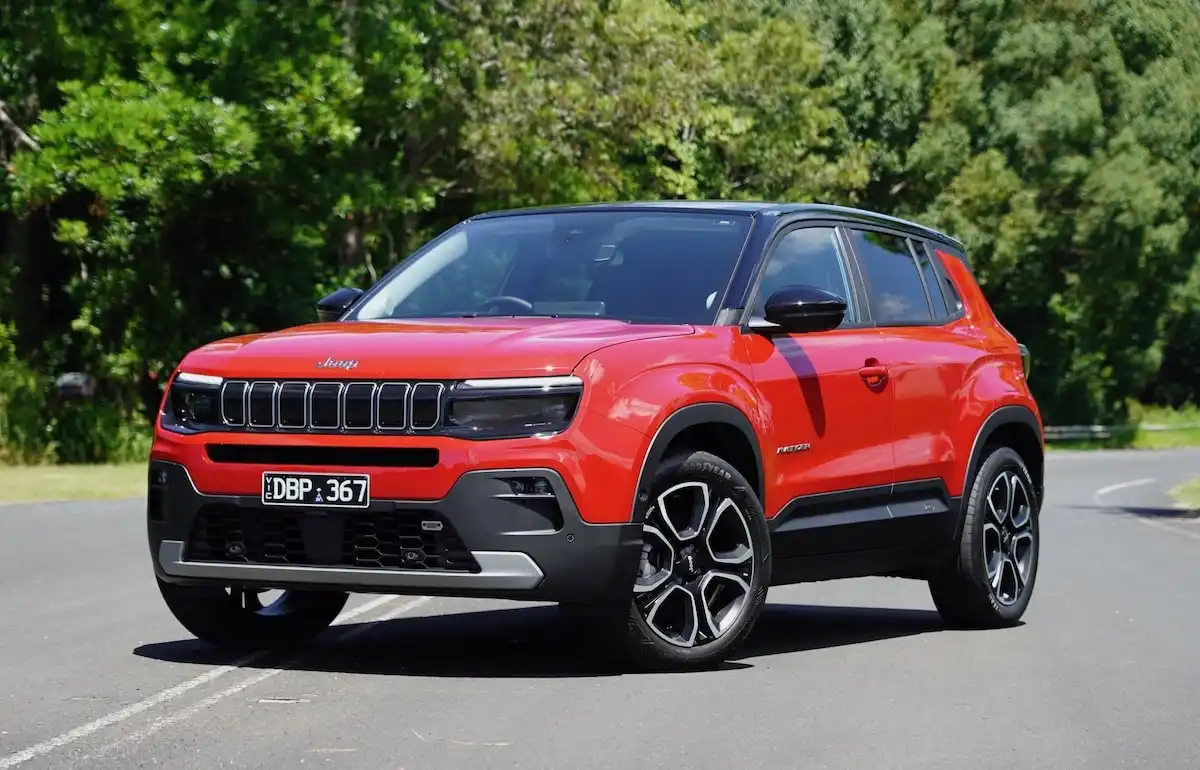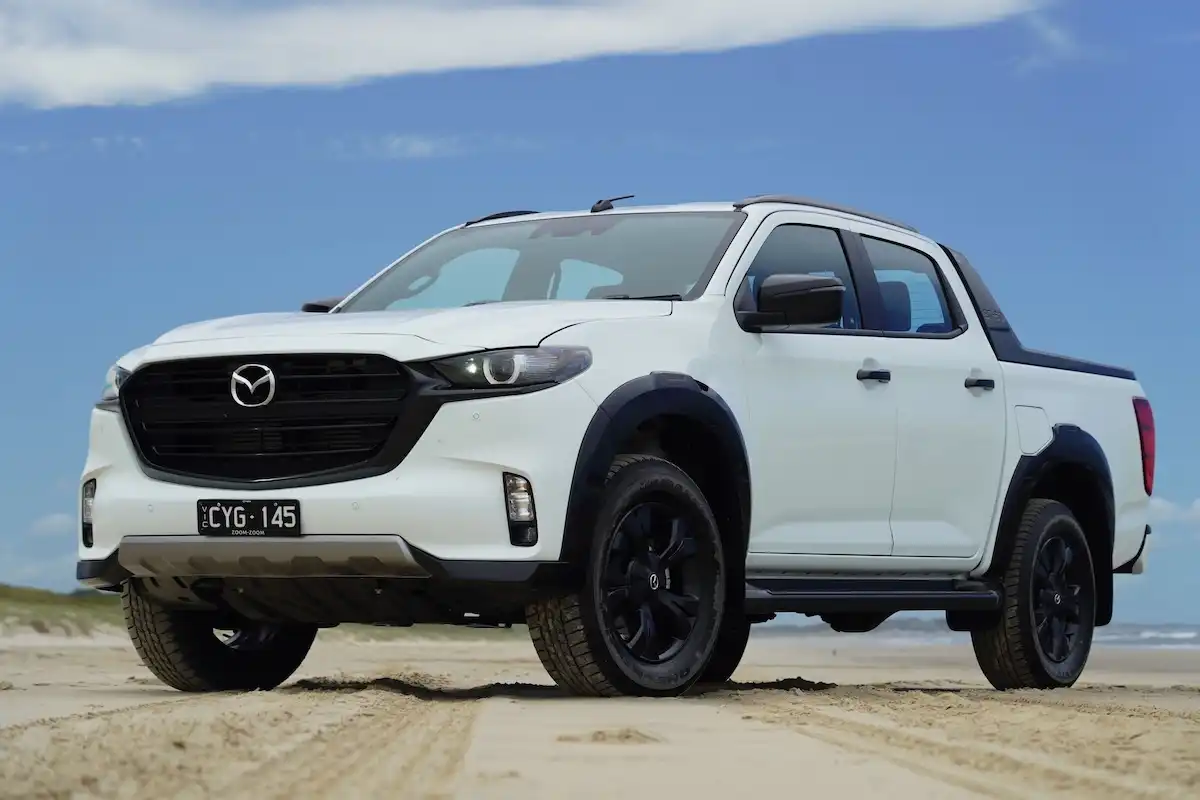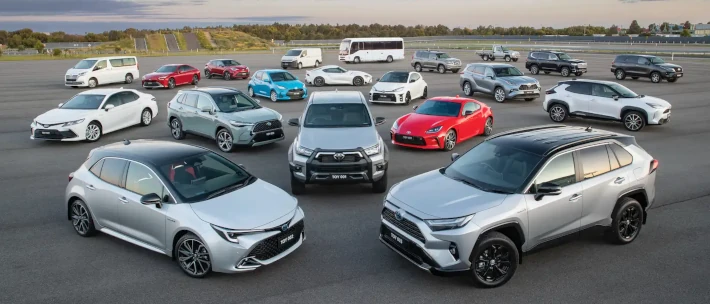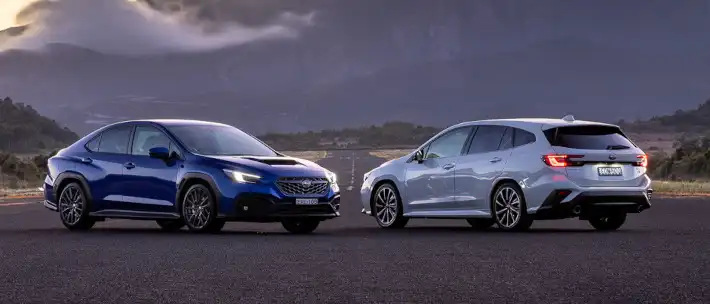With more and more hatchbacks, sedans and SUVs being offered with clever hybrid powertrains, more buyers are asking just how hybrid cars charge, and offer significant fuel savings.
While hybrids have been around for more than three decades now, it’s taken quite some time for them to reach the mainstream and, importantly for buyers, come closer to price parity with their siblings.
With that in mind, let’s take a closer look at just how hybrid engines work, discover more about the different types of hybrids and learn exactly how hybrid cars charge.
What is a Hybrid Car?
As the name suggests, a hybrid car is powered by both an internal combustion engine (ICE), most commonly a petrol engine, which works in ‘hybrid’ with some electrical assistance.
This electrical assistance most commonly comes in the form of a mild-hybrid system that takes some of the stress of the ICE unit to power things like the air conditioning and auxiliary systems, allowing it to more efficiently power the wheels.
More effective hybrid systems, however, use either one or a number of electric motors.
These hybrid systems differ from brand to brand, but the concept itself remains the same: the power to the wheels is sourced from a hybrid mix of both electrical energy and the internal combustion engine.
To learn more about hybrids and electric cars, you can read our in-depth guide here.
How Do Hybrid Cars Work?
As we’ve discovered, hybrid systems come in a range of shapes, sizes and purposes, but they all work with the same mission: to more efficiently power the wheels than an internal combustion unit alone.
- Mild Hybrid engines work by giving the engine a boost in energy, or taking the stress off the engine to power things like the electrical systems for more efficient fuel economy figures while driving.
- A Parallel Hybrid engine provides power to the wheels via electrical energy supplied by the e-motors, the internal combustion unit, or a mix of both for more efficient driving.
- A Series Hybrid delivers power to the wheels from one or more electric motors only, while electrical power is supplied by the internal combustion engine that effectively works as an onboard generator.
How Do Hybrid Cars Charge?
A car powered by a mild-hybrid system features a particularly small battery, which charges in the background as you’re driving. It sources this power often from a regenerative braking system that tops up the small lithium-ion battery.
A parallel hybrid car charges in a number of ways, depending if you’re driving a plug-in hybrid or not.
A parallel hybrid without plug-in hybrid tech is charged by energy captured while braking, while a plug-in hybrid car charges its battery pack when it is plugged in, either at home or on the move at a public charging station.
A hybrid car powered by a series hybrid unit charges its battery on the move via the internal combustion engine, which acts as a mobile electricity generator that feeds the motors and battery pack.
Want to get a great deal on your new car?
Get in touch with one of our Car Buying Specialists today.
Request a quoteDo Hybrid Cars Need to be Charged?
The question of whether or not your hybrid car needs to be charged depends on which type of hybrid unit is powering your vehicle.
- A mild hybrid system does not need to be charged, and charges itself once the engine is turning and through things like regenerative braking.
- In much the same way, a parallel hybrid features a small battery pack that is charged as you drive the car, while a series hybrid charges itself from the internal combustion engine that generates electricity and powers the electric motors.
- The one type of hybrid car that does need to be charged is the plug-in hybrid, otherwise known as a PHEV.
Plug-in hybrid vehicles are being packaged with larger lithium-ion battery packs that increase all-electric driving figures and help to reduce your fuel economy figures while driving. The downside of these larger battery packs is that they do require charging, as the large capacity cannot be replenished via regenerative braking alone.
This is why, as the name would suggest, a plug-in hybrid needs to be plugged in when you’re not using the vehicle to ensure a topped-up battery and the most efficient motoring possible.
What are the Different Levels of Hybrid & Electric Vehicle Charging?
Electric vehicle charging is separated into three main categories, beginning with your household power outlets and culminating in rapid DC fast-chargers you’ll find at EV charging stations.
- Level 1 Chargers: typically home outlets delivering 1.4-2.4kW from a 240-volt AC outlet
- Level 2 Chargers: wall boxes delivering up to 7.2kW from a 240-volt AC outlet
- Level 3 Chargers: charging stations that deliver 25-350kW from a 480-volt DC outlet
FAQ: Do Hybrid Cars Charge While Driving?
Everything from a mild-hybrid through to a parallel hybrid and series hybrid powertrains charge while they’re driving, through a variety of onboard electricity generation and recapturing energy otherwise lost via braking.
FAQ: What is the Downside of a Hybrid Car?
These days, hybrid powertrains are so sophisticated that there are no major downsides of owning a hybrid car, other than the fact they can be more expensive than their non-hybrid siblings.
While plug-in hybrid (PHEV) vehicles often require some additional charging to keep the battery topped up, they are happy to power themselves on the internal combustion unit alone, meaning so long as you have petrol in the tank- you’re good to go.
Can Hybrid Cars be Charged at Home?
Absolutely, plug-in hybrid vehicles (PHEVs) can be charged at home using a standard 240-volt AC power outlet, although a full charge for some of the larger 20kWh+ battery packs may take considerable time.
If you’re looking to speed up the charging process, opting for a wall box that increases your charging potential up to 7kW can triple the charging efficiency.
Request a Quote
If you’re on the hunt for a hybrid or plug-in hybrid for your next car, be sure to reach out to one of our automotive specialists who can help find you the best possible price.

